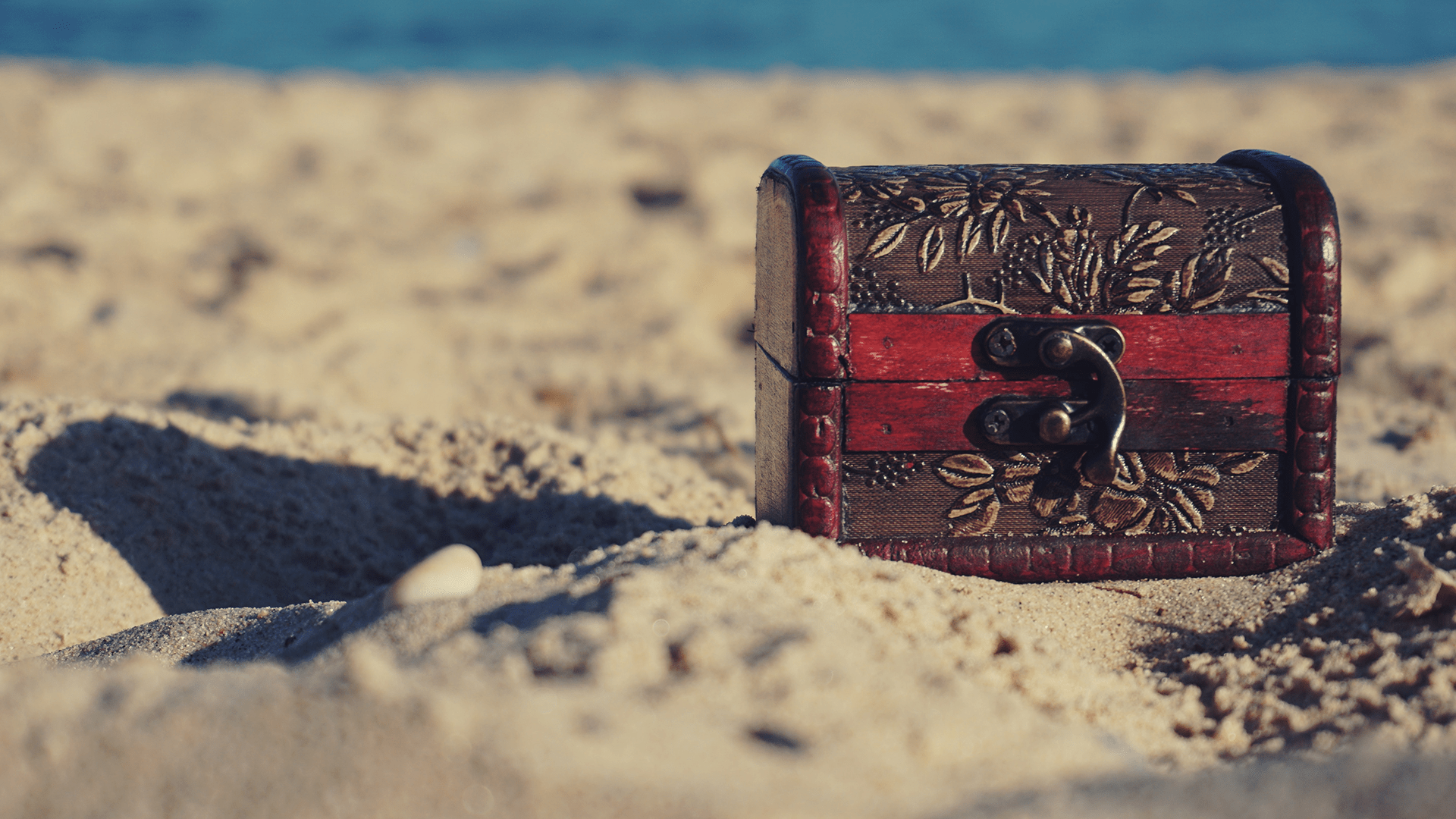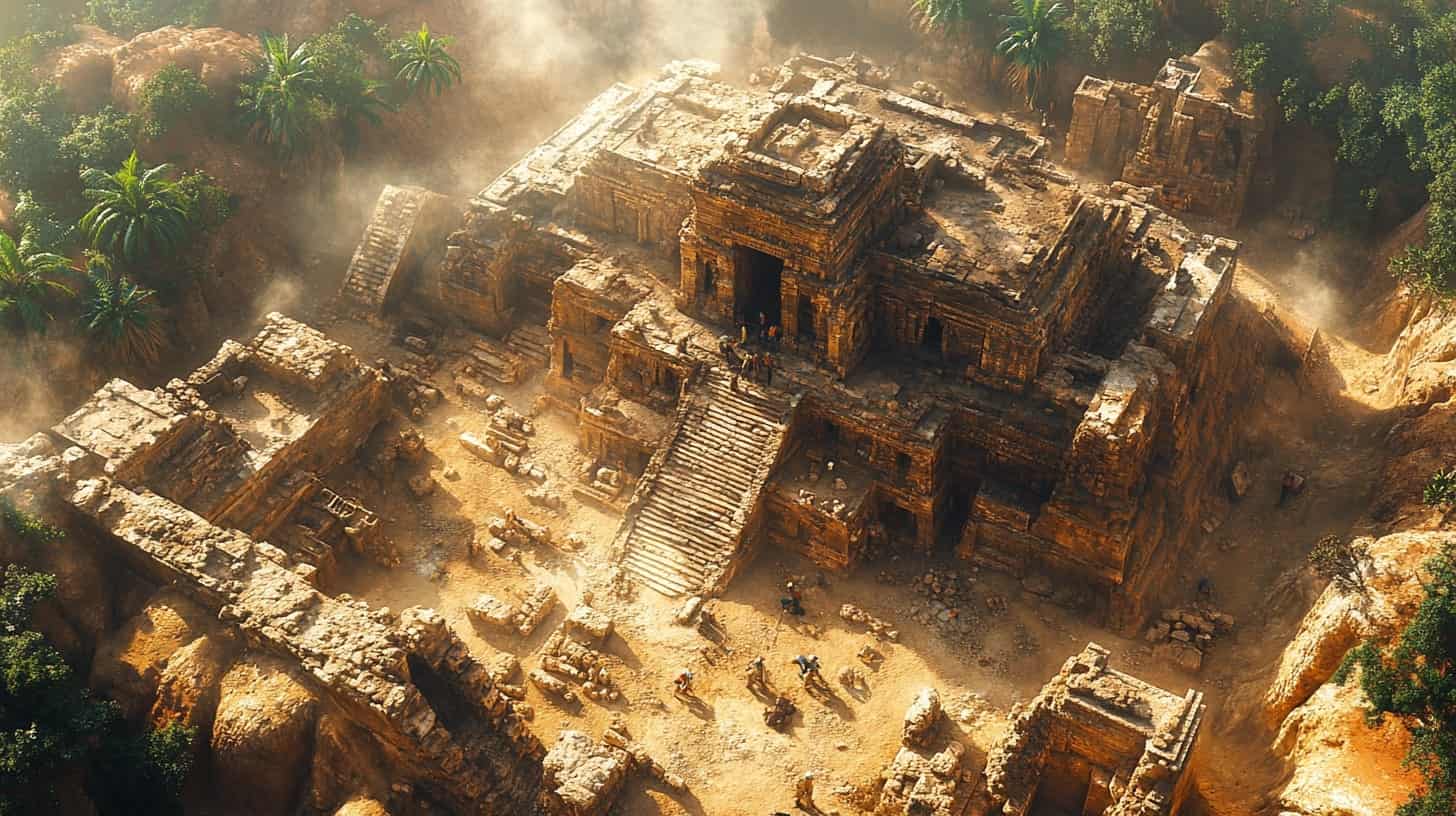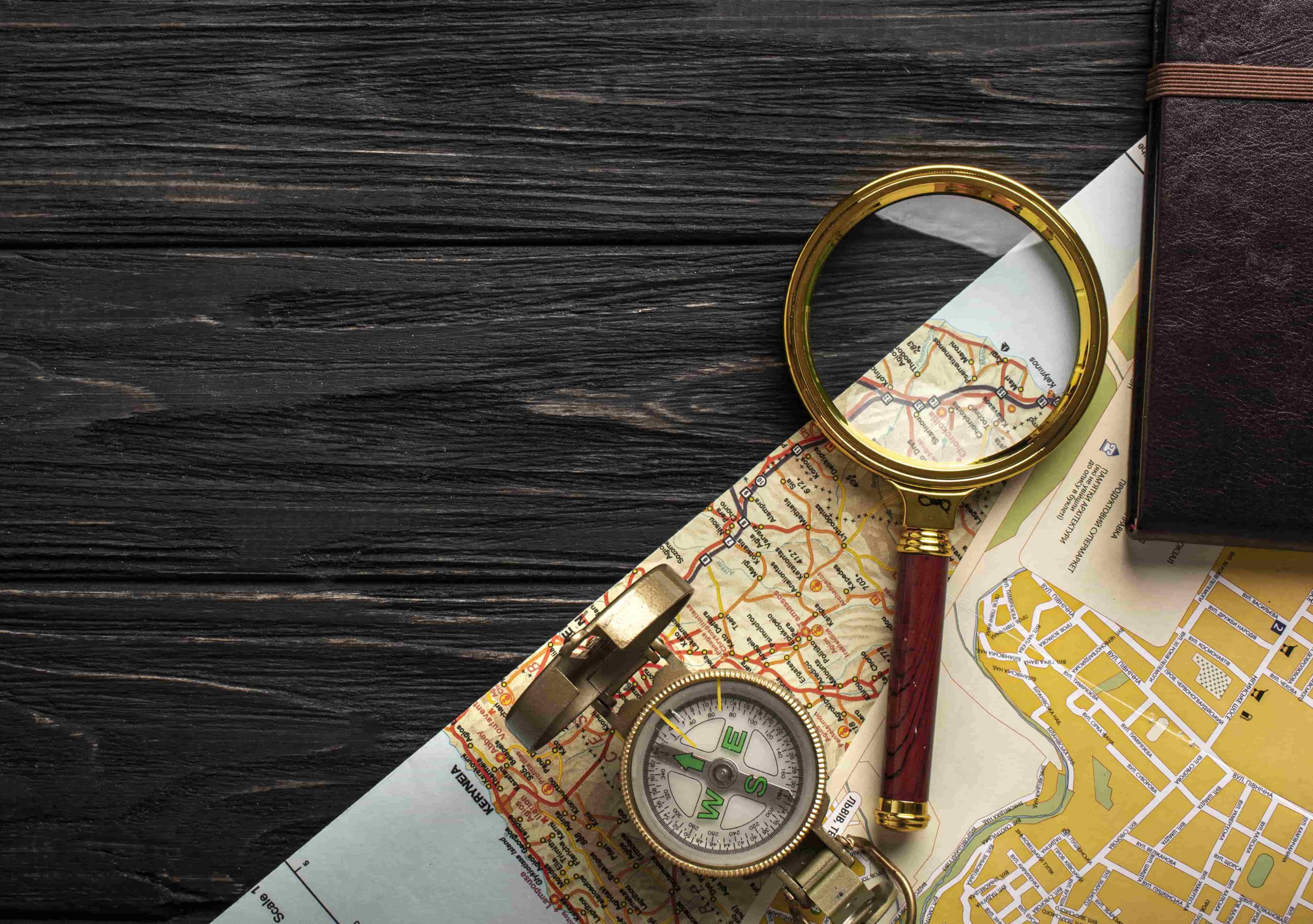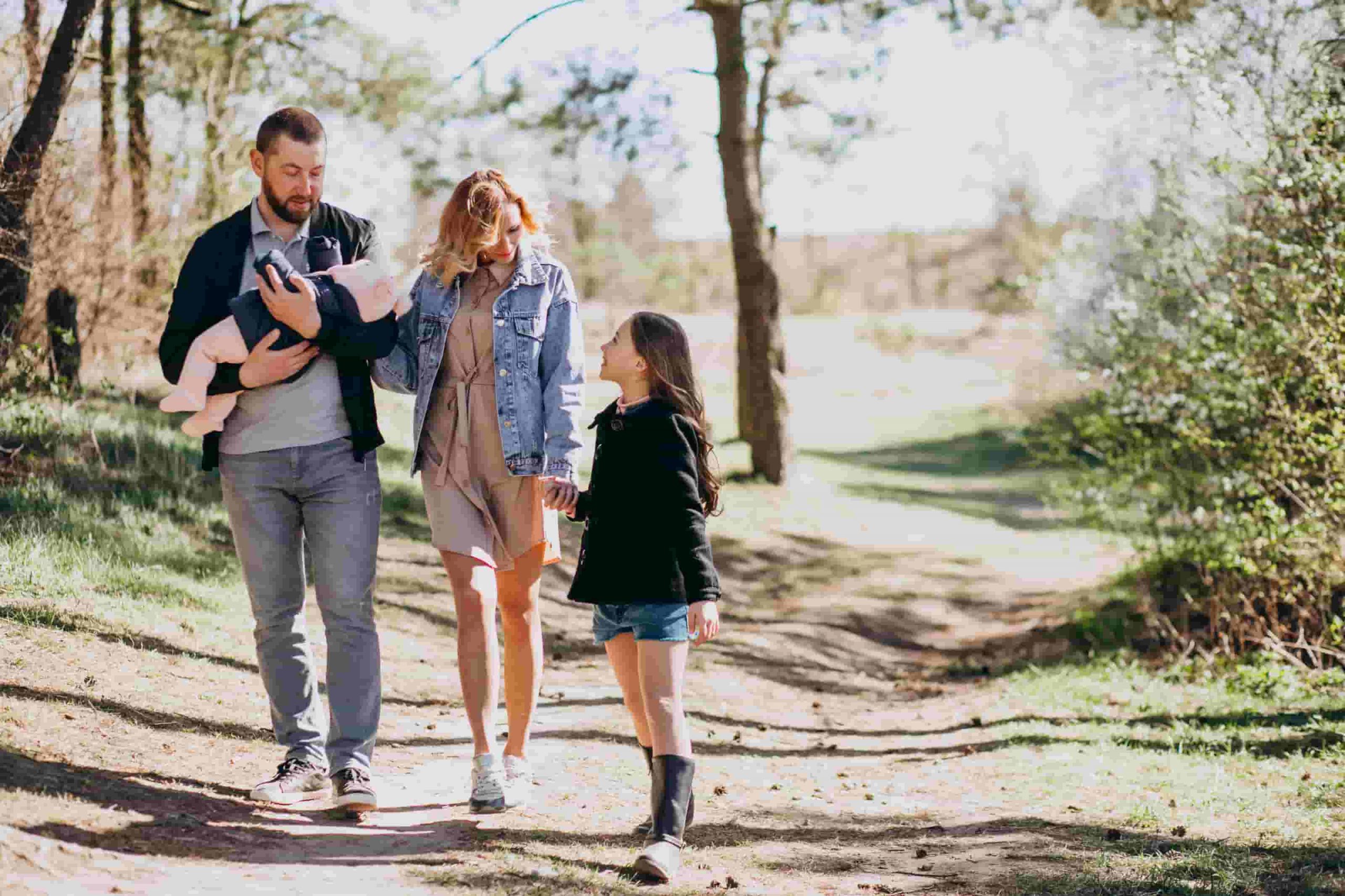Ah, the treasure hunt – a cherished childhood experience filled with excitement, adventures, and (of course) delicious sweets! With all of us stuck indoors, now is a great time to get creative and bring some nostalgia into your own home. Learning how to organize an amazing treasure hunt for kids can be fun for both young and old – plus, you don’t even have to leave the house. Keep reading for our best tips on creating an awesome Treasure Hunt that will keep your little adventurers engaged from start to finish!
Get a map
An essential part of any successful treasure hunt is having a good base to work with. Get creative and create your map or print off one from the internet – either way, make sure it’s clear and easy to read for the little ones! Be sure to label each area of the map clearly so that participants know exactly where they are going next.
Set up clues
Clues are an essential part of any treasure hunt and help keep the participants engaged from start to finish. They can be written, verbal, or even visual – the possibilities are endless! Remember to make sure that your clues gradually get more difficult as the participants progress through their journey – this will add a nice challenge and encourage participants to use their problem-solving skills.
Pick a reward
The best part about any treasure hunt is of course finding the big prize at the end! Choose something special for your little adventurers, like some yummy candy or a small toy. Whatever it is, make sure it’s exciting enough to motivate them until they reach the end!
Hide items throughout your house
To give your treasure hunt a bit of an extra challenge, hide items throughout the house that the participants need to find to progress. This could be anything from a key (for example) that will lead them to the next clue or even just a special item that they must collect and bring back at the end.
Start with an intro letter or clue
You want your Treasure Hunt to begin with a bang! Start things off by writing down a riddle or introducing the theme of your hunt in an introductory letter (or clues). This will get everyone excited about what lies ahead and give them their first challenge!
Make it challenging but doable.
Your Treasure Hunt should be challenging enough to keep the kids engaged, but not so hard that they get frustrated. Keep the clues simple and offer helpful hints if they seem stuck along the way.
Hide the “treasure”
Once you have your map and clues ready to go, it’s time to hide some treasure! Place small items or treats at various locations on the map so that when participants reach each spot they will be rewarded. You can also make a grand prize for reaching the final destination.
Know your audience
Age is an important factor when creating a Treasure Hunt as each group of kids will respond differently to certain activities or challenges. Make sure to tailor your Hunt accordingly – if you’re dealing with very young children, make sure the tasks are easy enough for them to understand. If it’s teens participating in the hunt, give them more difficult tasks that will take longer to complete!
Include prizes
Of course, no Treasure Hunt would be complete without a reward at the end! Have a few small prizes ready to award the participants upon completion of the Hunt. Prizes can range from candy or toys to household items like books or stationery.
Chose a grand finale
End the hunt with a grand finale – this could be anything from making it to the treasure chest first or having to solve one last riddle for the final prize. This will leave your young adventurers feeling accomplished and ready for the next adventure!
Have fun!
Above all, remember to have fun and enjoy your Treasure hunt. This should be a time for creativity, problem-solving, and lots of laughter – so don’t forget to join in on the fun! Have extra ideas ready if needed, or even let the kids come up with their clues as they go along. The possibilities are endless when it comes to treasure hunts and the best part is that each one can be unique!
Share your experience
Don’t forget to share your great experiences with others by posting pictures of your finished map or all the treasures you found, writing blog posts about how you created an awesome treasure hunt or simply telling your friends and family about your amazing adventure! This can help inspire others to create their hunts and create even more fun for everyone!
Making a treasure hunt is an exciting experience that both kids and adults can enjoy. It’s also great for developing problem-solving skills, helping children learn about cooperation and teamwork as well as encouraging them to get creative. So go ahead and have some fun by creating your very own treasure hunt today!



